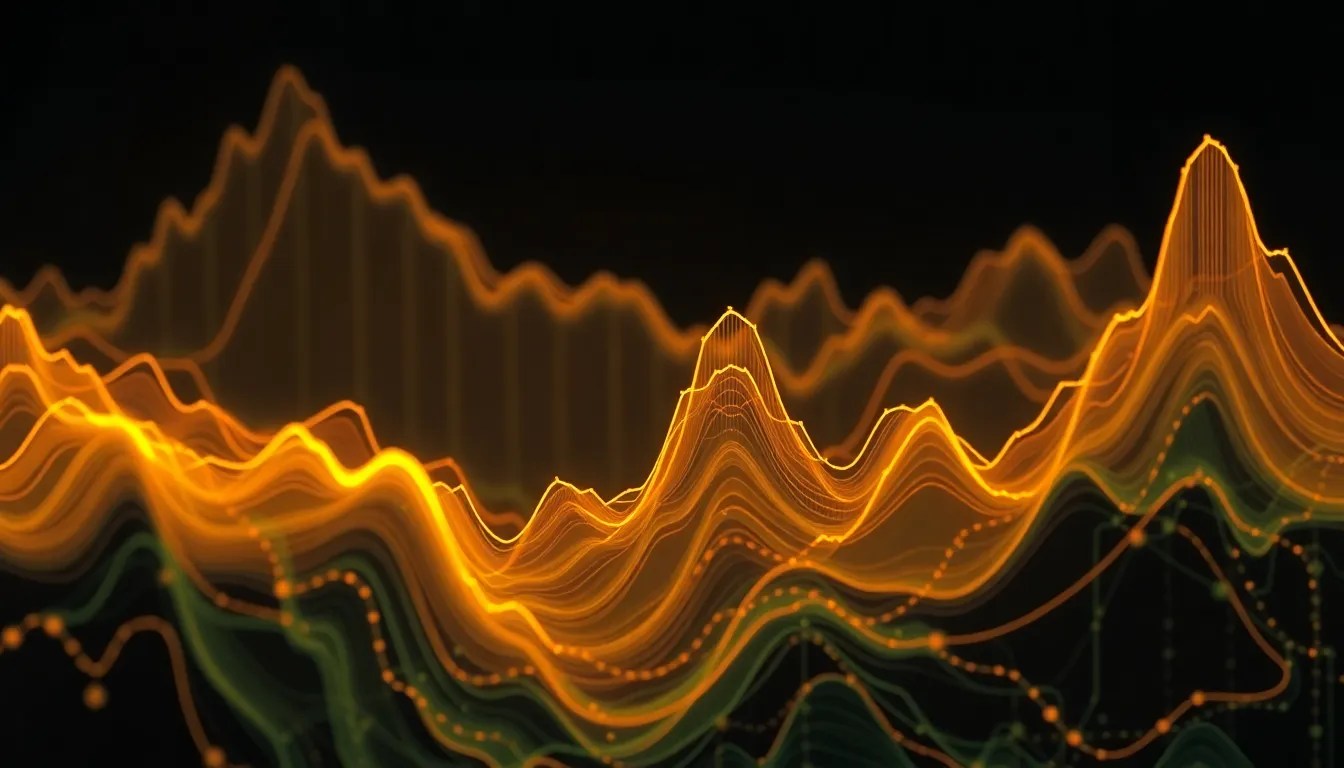Visualizing Historical Data: Lessons from the Past
I. Introduction
Historical data visualization refers to the graphical representation of data from past events, trends, and patterns over time. This practice allows researchers, historians, and the general public to comprehend complex information through visual means, making it easier to identify trends, correlations, and anomalies. The importance of visualizing historical data lies in its ability to provide insights that are often obscured in raw data formats.
This article delves into the cutting-edge techniques used in visualizing historical data, exploring the evolution of these methods, modern tools, successful case studies, challenges, lessons learned, and future predictions in the field.
II. The Evolution of Data Visualization
Data visualization has a rich history that dates back centuries. Early methods included simple graphs and charts used to represent statistical information. Over time, the field has undergone significant evolution.
- Historical Context: From the first known graphical representations by ancient civilizations to the more sophisticated charts of the 18th and 19th centuries, the journey of data visualization reflects the growth of human understanding of data.
- Key Milestones: Significant milestones in the development of visualization tools include the invention of the pie chart by William Playfair in the late 18th century and the introduction of statistical graphics in the 19th century by pioneers like Florence Nightingale.
- Transition from Static to Dynamic: The introduction of computers in the late 20th century revolutionized data visualization, allowing for the creation of dynamic and interactive visualizations that engage users in new ways.
III. Modern Techniques in Historical Data Visualization
Today, several modern techniques enhance the visualization of historical data, making it more interactive and informative.
- Interactive Visualizations: These tools allow users to engage with the data directly, enabling them to explore different facets of historical data through techniques like zooming, filtering, and animating timelines.
- Artificial Intelligence and Machine Learning: AI and machine learning algorithms are now increasingly used to identify patterns and trends in large datasets, automating the analysis process and revealing insights that may not be immediately apparent.
- Geographic Information Systems (GIS): GIS technology has transformed how we map historical events, allowing for layered visualizations that show how geographical factors influence historical developments.
IV. Case Studies: Successful Applications
Numerous case studies illustrate the successful application of historical data visualization techniques.
- Visualizing Demographic Changes: Projects that have mapped demographic shifts over centuries provide crucial context for understanding social dynamics, migration patterns, and urban development.
- Mapping Historical Climate Data: Visualizations of climate data reveal long-term trends, contributing to discussions about climate change and its historical implications.
- Analyzing Economic Trends: Innovative tools have been developed to visualize economic data, helping researchers analyze historical economic trends, recessions, and growth periods effectively.
V. Challenges in Visualizing Historical Data
Despite the advancements in visualization techniques, several challenges remain in the realm of historical data visualization.
- Data Accuracy and Reliability: The accuracy of historical data can be questionable, as records may be incomplete or misinterpreted, leading to potential misrepresentation of facts.
- Incomplete or Biased Records: Historians often face difficulties due to the lack of comprehensive records from certain periods or groups, affecting the overall narrative.
- Ethical Considerations: When visualizing historical data, it is crucial to consider how the data is represented and the potential implications of these representations.
VI. Lessons Learned from Historical Data Visualization
The process of visualizing historical data offers numerous lessons that can inform our understanding of the past and present.
- Insights from Data Trends: Historical data visualization has revealed insights into past anomalies and trends, shaping our understanding of societal changes and events.
- Shaping Historical Narratives: The way data is visualized can greatly influence the narratives we construct about history, highlighting the importance of careful representation.
- Interdisciplinary Collaboration: Effective historical research often requires collaboration between historians, data scientists, and technologists, fostering innovative approaches to data visualization.
VII. The Future of Historical Data Visualization
As technology continues to advance, the future of historical data visualization looks promising.
- Emerging Technologies: Innovations such as augmented reality (AR) and virtual reality (VR) are set to revolutionize how we experience historical data, providing immersive visualizations that enhance understanding.
- Future Predictions: The next decade is likely to see an increase in the use of AI-driven analytics, real-time data integration, and more sophisticated interactive platforms that cater to diverse audiences.
- Encouraging Innovation: The field will benefit from continued innovation and creativity, pushing the boundaries of how historical data can be visualized and understood.
VIII. Conclusion
Visualizing historical data is not just about creating attractive graphics; it is about unlocking insights that inform our understanding of the past, present, and future. As we continue to refine our techniques and embrace new technologies, the potential for historical data visualization is vast.
Researchers and technologists are called to collaborate and innovate, ensuring that our visualizations remain accurate, ethical, and accessible. Ultimately, the role of visualizations in understanding our past and informing our future cannot be overstated.



